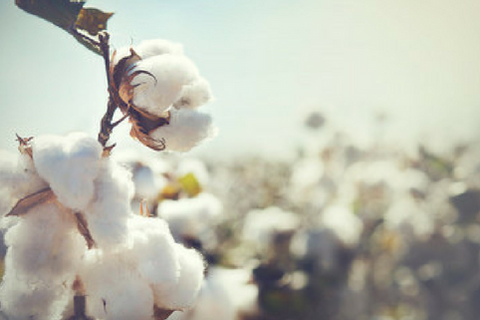Which to choose: Kapok Pillows or Cotton Pillows?
In general, cotton pillows and kapok pillows are very similar in the softness–to the point where it can be difficult to distinguish if felt side by side. However, there are some distinctions, which we will be more than happy to explain.
What is Kapok?

Also known as the silk cotton or java cotton.
Kapok refers to the tropical tree and it’s fiber from the fruit. The fiber is harvested through the seedpod of the fruit.
The Kapok seedpod can produce fluffy materials with hundreds of seeds. A fully grown tree can easily yield about 15 kilograms of fiber each year.
Harvesting
To harvest, the unopened ripe pods are either knocked down or cut down.
The fruits are then hulled: hundreds of seeds and fibers are removed by hand, and seeds are beaten out of the fiber.
Kapok fiber’s characteristics:
Softer. Kapok has been described as softer and silkier than cotton.
Bouncy. The pillow can bounce to its original state more easily than other materials.
Pillows might require fluffing often to redistribute even fibers throughout the pillow.
Over time, Kapok pillows can flatten quicker than cotton time and will need extra filling after several months.
Slippery. A waterproof waxy coating can help Kapok become slippery, easily adjusting to the shape of the head on the pillow.
Resists Clumping. It does not easily clump compared to wool and retain its shape after washing. Throw a tennis ball to help maintain its shape.
**Some machine may cause the Kapok to clump. To remove clump, pull apart the materials to wash for 30 minutes and then dry. Repeat if necessary. ** (2)
Environmental friendly. Non toxic and naturally biodegradable.
Hypoallergenic. A better alternative to down pillows, containing similar properties.
Light weight. 8 times lighter than cotton by volume.
Inflammable. The trapped air in Kapok makes it highly flammable. Please take precautions.
What is Cotton?
Cotton is a soft white fibrous substance around the seeds of a tropical/subtropical plant. The cotton plant produces white and creamy yellow flowers that fall off to leave a large capsule (or cotton ball) on the branch.

Cotton has been around for more than 6,000 years, and it’s the most reliable and time-tested material for textiles. We like this material for our pillows.
In America, cotton is typically harvested by machines. However, here at Organic Textiles LCC, we support farmers and manufacturers that hand-pick their cotton to support living wages for workers in third-world countries.
Cotton is harvested by plucking the cotton out of the bolls without getting stuck by the sharp boll. (3)
100% Cotton filling characteristics:
Firmer. Flatter. Does not contour easily to body curvature but provides better support than kapok.
Hypoallergenic. Cotton is a better alternative to down pillows, with similar attributes.
Environmental friendly. Non toxic and naturally biodegradable.
Good absorbency. Wicks away water and helps the body stay cooler. The fabric will let the water evaporate.
Breathable. Cotton and kapok is much more breathable.
Pro tip: cotton is much more breathable than polyester but is considered less ideal for athletic clothing.
Machine-washable and dry-cleanable. However, it’s still best to follow instructions on the tag.
May require more time to dry after washing.
Packs down firmly. easy to press cotton fiber in a container down.
May feel flatter and firmer than down pillows.
Durable. Cotton has been known to be consistently more durable.
Heavier. Good for durable support.
Frequent cleaning necessary. Because it has good absorbency, it attracts mold and dust mites.
Cotton Pillows made by Organic Textiles here.
Kapok Pillows made by Organic Textiles here.
References:
Cotton, http://www.wildfibres.co.uk/html/cotton.html
http://homeguides.sfgate.com/difference-between-polyester-cotton-pillows-101115.html
Kapok, http://www.wildfibres.co.uk/html/kapok.html

